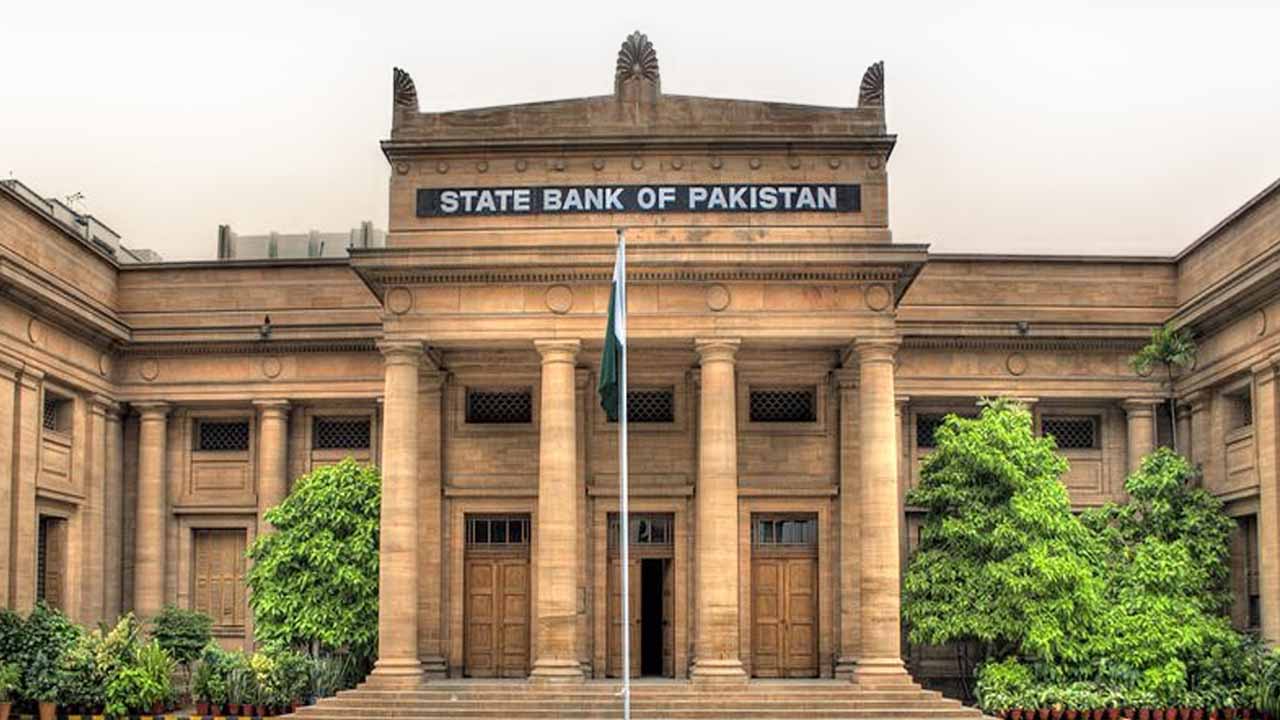The International Monetary Fund (IMF) has slammed the State Bank of Pakistan (SBP) for failing to respond to the rise in inflationary pressures since 2020 by tightening monetary policy in a timely manner.
“The monetary policy fell behind the curve, as price pressures built up to five-decade high inflation and de-anchored expectations,” the IMF said in a staff study following the acceptance of a $3 billion Standby Arrangement Programme for Pakistan.
“Several pauses in the policy rate tightening cycle, as well as a dramatic increase in the size of the SBP’s OMOs to keep the policy rate within its corridor, resulted in loose monetary policy conditions at a time when inflation was already on the rise.”
According to the IMF research, inflation expectations have become unanchored, with more than 90% of respondents predicting increased prices over the next six months in the SBP’s May survey.
On June 26, the Monetary Policy Committee raised the policy rate by 100 basis points, bringing it to 22%, while the interest rates on its two main refinancing schemes (EFS and LTFF) also rose, keeping the policy rate gap at three percentage points.
“Monetary policy must remain strict, proactive, and data-driven.” The recent policy rate hike is positive, but the tightening cycle should continue if necessary to decrease inflation and assist external rebalancing,” the IMF remarked, signalling the necessity for additional policy rate hikes in the coming months.
The forward-looking real policy rate should return to positive territory in the short term to re-anchor expectations and attain the SBP’s medium-term inflation target, according to the IMF.
Implementing the strategy to phase out refinancing programmes will increase monetary policy traction and bring these schemes into the open. It is critical that the SBP’s independence be strengthened and safeguarded, according to the report.
A stricter monetary policy stance is essential for lowering inflation, re-anchoring expectations, and assisting with external sector rebalancing via the currency rate.
Although the SBP’s latest policy rate change is positive, authorities have typically been optimistic about inflationary pressures soon dissipating and returning to their 5-7% inflation goal range by end-FY25, according to the IMF.
The staff stressed that the SBP will need to continue its tightening cycle in order to re-anchor expectations, given that inflationary pressures are projected to persist in the coming year, including the impact of exchange rate corrections.
The SBP agreed to maintain a restrictive monetary policy stance — higher rates and prudent use of liquidity injections when needed, based on incoming data — in order to achieve forward-looking real positive interest rates and place inflation and inflation expectations on a clear downward path.
Simultaneously, enhancing monetary transmission and the monetary operating framework will be critical. The SBP is also committed to avoiding proposing new refinancing schemes and to keeping refinancing facility outstanding credit below their present levels.
The deceleration of headline inflation is set to continue in FY25, with EOP inflation falling to single digits only in mid-FY26.
Inflation has kept on increasing in the last six months, mainly due to rising food prices and the pass-through from depreciation, but also due to the aforementioned shortages.
Price dynamics grew more broad-based, with core inflation reaching 22.8% and headline inflation reaching 38% in May 2023, a record high that disproportionately harmed low-income people.
Despite rising pressures, the SBP’s actions lacked clarity, as it maintained its policy rate steady in MPC meetings in August, October, and early June, believing that price increases had peaked and would decrease, but then raised rates in November, March, April, and late June.
The most recent boost lifted policy rates to 22% cumulatively, an 825 basis point (bps) increase since the start of FY23.












